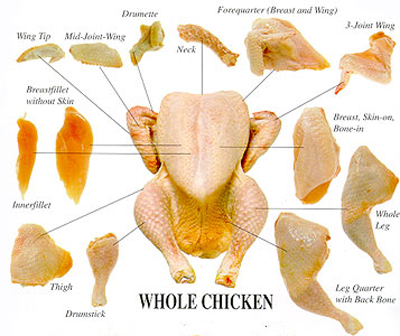tender with a crunch
Boneless, skinless chicken breast is one of, if not the, most popular protein choices of Americans. Why? Because quick and easy meals begin with chicken, specifically breasts.
We love chicken for its taste, healthfulness, and low-fat content, along with how easy and versatile it is to cook. And there is no question that Americans overwhelmingly prefer white chicken meat to dark. According to data from 2007, on average, we eat chicken almost 10 times a month, but on less than two of those occasions do we choose chicken thighs or legs.
The average American was eating 36 pounds of chicken a year in 1970; by 1985 this had risen to 51 pounds; in 2010 it climbed to 60 pounds. Today, over 80% of that chicken consists of breast meat. Americans prefer white meat because it has long been touted as “healthier” than dark meat.
But when it comes to fat and calories, there is very little difference between boneless, skinless chicken breast and boneless, skinless chicken thighs. According to the Department of Agriculture, 100 grams of white meat contains 0.56 grams of saturated fat and 114 calories, and dark meat – 1 gram of saturated fat and 119 calories. Dark chicken meat is also nutrient-rich, containing higher levels of iron, zinc, riboflavin, thiamine, and vitamins B6 and B12 than white meat.
You see, back in the late 60’s and early 70’s poultry producers realized that they could market and advertise the slight disparity in calories and fat content between dark and white chicken meat to perpetuate the “chicken over beef” craze. And more importantly – they could retail a “premium” poultry product that could be sold at a higher price. The chicken was a healthy option, but chicken breast was the “healthiest”, and it turned out that we consumers were willing to shell out for it.
Since you probably have chicken breasts in your freezer, I’m going to give you an easy-breezy recipe using boneless, skinless breast; but boneless, skinless thighs could be easily substituted if you would like to save a little coin.
March 7, 2012 3 Comments


